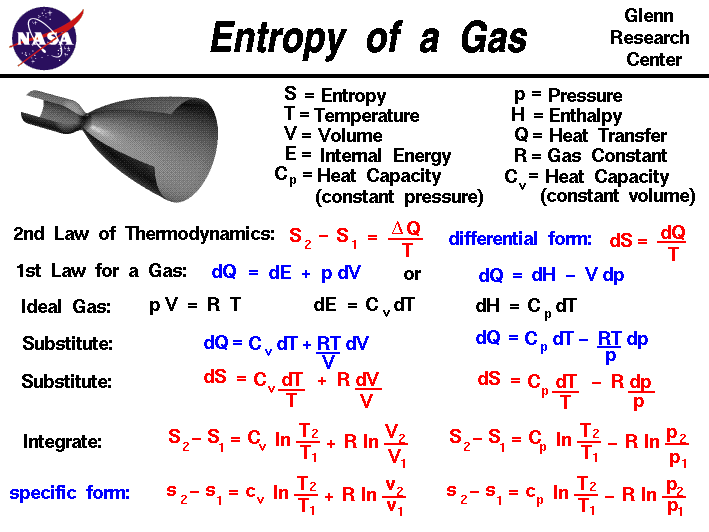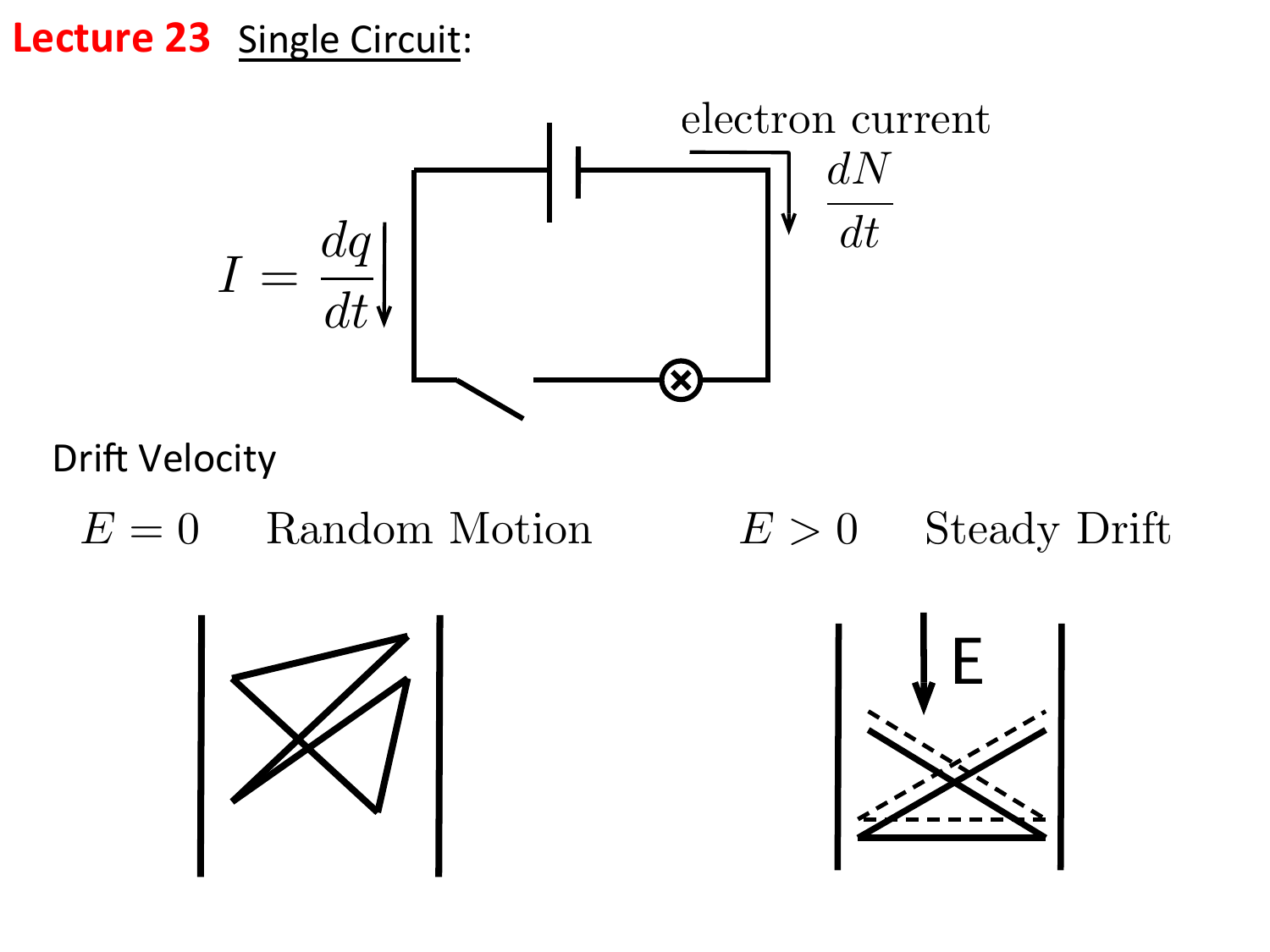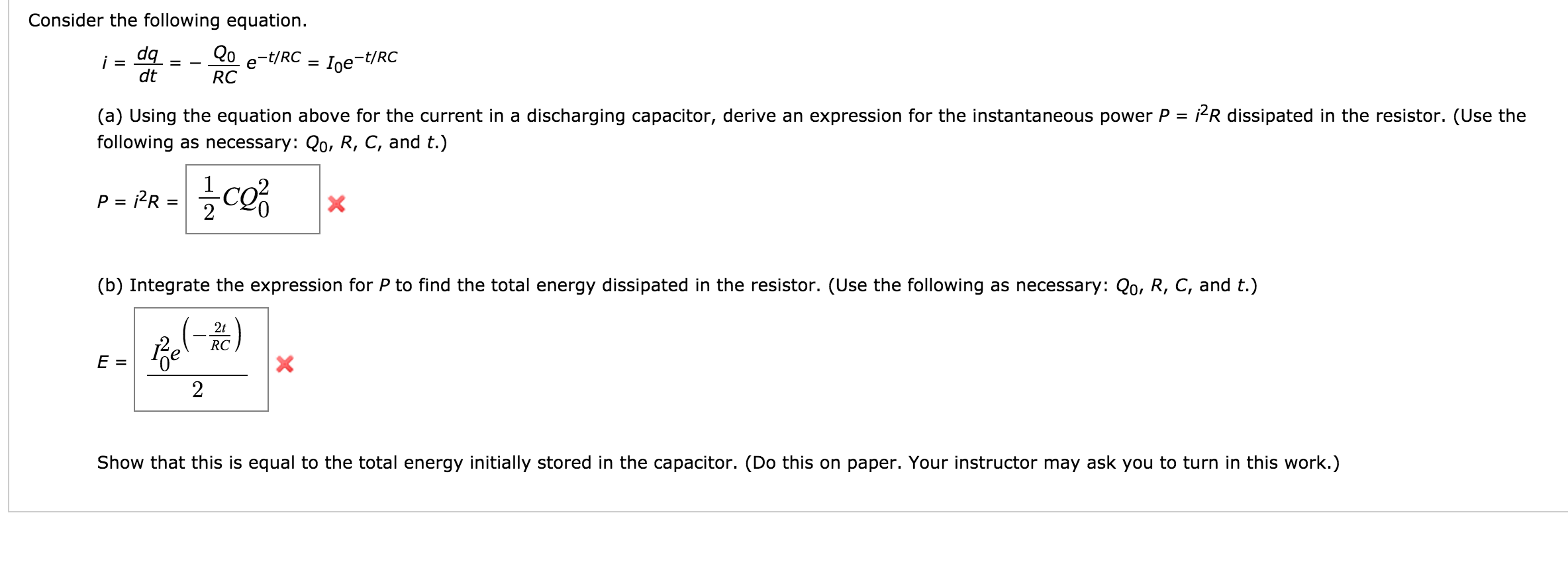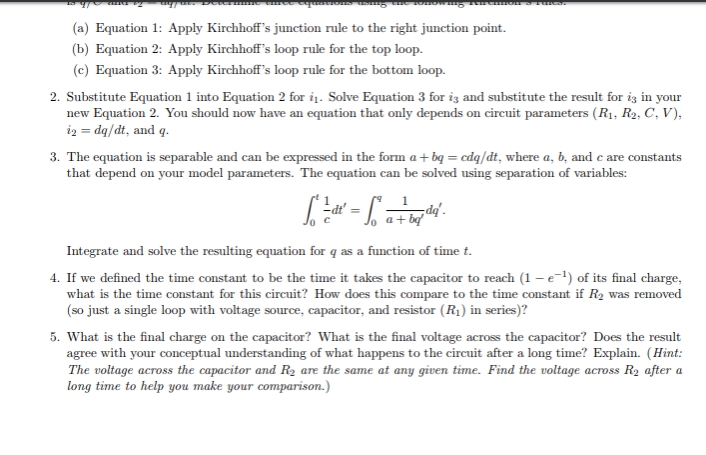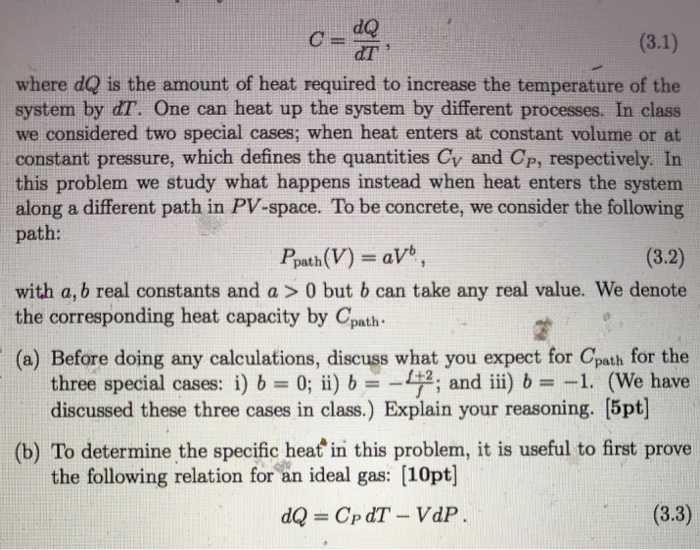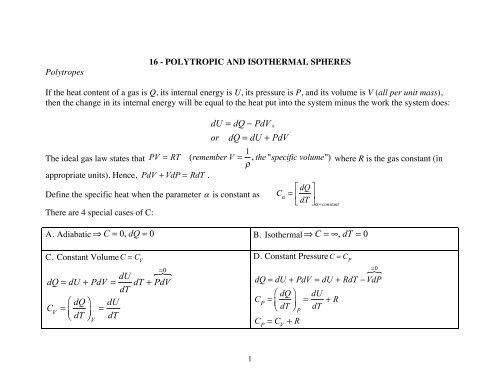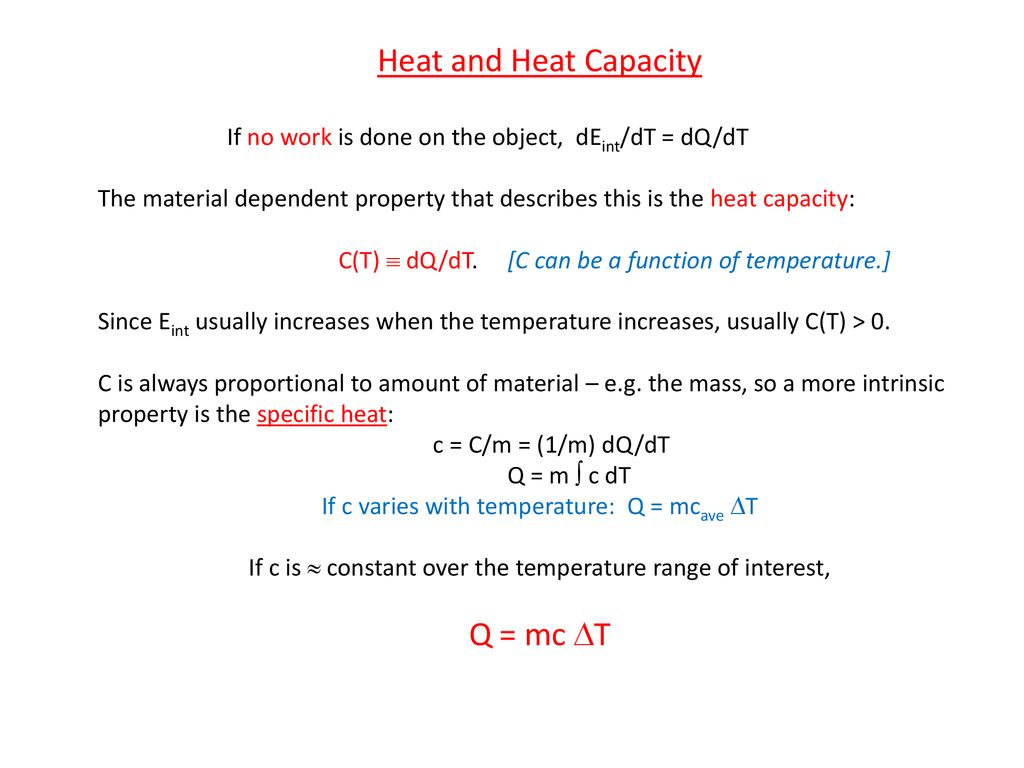
Introduction to Current In AP C Current I = dq/dt I: current in Amperes (A) q: charge in Coulombs (C) t: time in seconds (s) - ppt download

Introduction to Current In AP C Current I = dq/dt I: current in Amperes (A) q: charge in Coulombs (C) t: time in seconds (s) - ppt download

The temperature (T) dependences of the (a) Q, (b) dQ dT , (c) < (δQ) 2... | Download Scientific Diagram

Using ε = - dϕ/dt and ε = iR find the current in the loop after the external field has stopped changing.

Introduction to Current In AP C Current I = dq/dt I: current in Amperes (A) q: charge in Coulombs (C) t: time in seconds (s) - ppt download

Results obtained for an 18 °C foam: instantaneous heat energy dQ/dt (W)... | Download Scientific Diagram

Heat absorption curves as a function of temperature on dQ/dT of the... | Download Scientific Diagram

Introduction to Current In AP C Current I = dq/dt I: current in Amperes (A) q: charge in Coulombs (C) t: time in seconds (s) - ppt download

